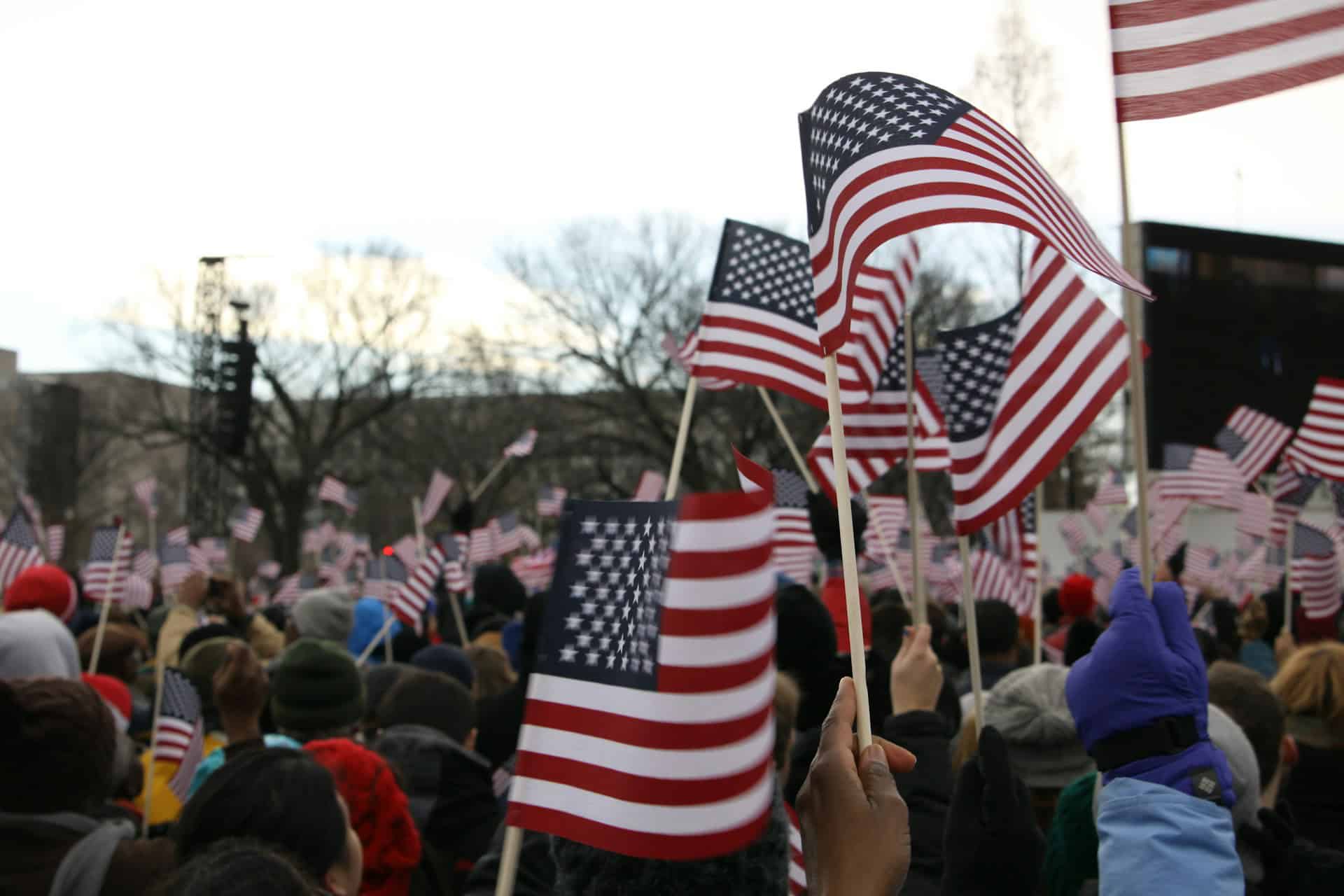The initial changes, which featured in a USCIS policy manual update on August 27, stated that F-1 visa holders studying abroad for longer than five months could no longer remain actively enrolled in a certified institution and would “need a new Form I-20 to be readmitted in student status”.
The “technical correction” made by USCIS on November 26, removed the troublesome paragraph, replacing it with: “For information about requirements for F-1 student participation in study abroad programs, see DHS’s Study in the States webpage.”
The manual still contains the assertion that, “If an F-1 student leaves the United States for more than 5 months and is not able to remain enrolled at the student’s ICE SEVP-certified school, the student will not be able to maintain student status”.
Though there is no specific study abroad policy information on the Study in the States linked homepage, additional resources on the website support the long-standing policy understanding that students who remain enrolled at a certified US institution can remain in active SEVIS status even if the program lasts longer than five months.
The revision comes after pressure from The PIE and Minerva University, as well as letters sent to USCIS by NAFSA and individual institutions and immigration advisers.
Nearly three months on from the initial change, stakeholders were concerned that clarity would not come before a change of administration and welcomed the revision before Donald Trump’s incoming administration on January 20, 2025.
“We’re running up against a change in administration… we may all of a sudden be in a more compliance focussed, heightened scrutiny landscape,” said Fragomen immigration partner Aaron Blumberg in a webinar on November 1 hosted by The PIE.
The correction has come as a particular relief to international students thrown into confusion by the initial update, many of whom were forced to change their study plans over what was broadly assumed to be an “unintended” change.
At Minerva University – where undergraduate students spend their first year in the US before moving onto global rotations to Asia, Europe and South America, returning to San Fransisco for their fourth year – the institution had started flying 150 students back from Berlin to the US to protect their student visas.
Under the amended rule, an absence of longer than five months would have threatened both their F-1 status and their OPT eligibility.
We’re running up against a change in administration… we may all of a sudden be in a more compliance focussed, heightened scrutiny landscape
Aaron Blumberg, Fragomen
Bemusement over the policy update was heightened in October when USCIS and SEVP – the Student and Exchange Visitor Program which manages non-immigrant student visas for DHS – appeared to be offering conflicting advice on the policy, with immigration lawyers calling for the alignment of agency guidance.
“USCIS is staffed and led by smart well-meaning people … These kinds of conflicts between goals and policies happen all the time,” Intead CEO Ben Waxman told The PIE in October.
However, for some, the initial error and prolonged correction time are indicative of the wider challenge of navigating the US’s over-complicated immigration system.

